Easy Science Experiments for Young Learners
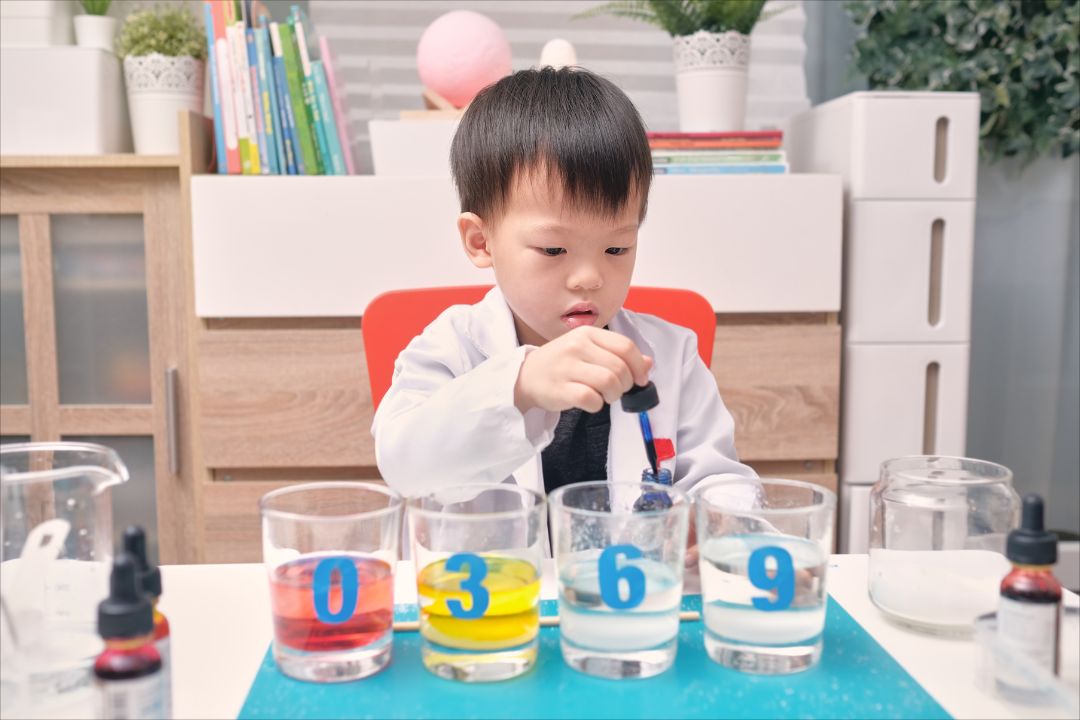
Young learners can enjoy simple science experiments like making a volcano with baking soda and vinegar, creating a rainbow with a glass of water and a flashlight, and making a homemade compass using a magnet and a bowl of water. These hands-on activities engage children in the wonders of science while teaching basic scientific concepts in a fun and engaging way.
Introducing science to young learners through experiments is a great way to spark their curiosity and passion for learning. These easy and entertaining experiments not only provide hands-on experience but also help in developing critical thinking skills and nurturing a love for exploration and discovery.
Let’s explore some simple yet fascinating science experiments that are perfect for young children to enjoy and learn from.
Crafting Simple Science Projects
Crafting simple science projects for young learners is a fantastic way to spark their curiosity and foster a love for hands-on learning. By engaging in easy science experiments, students can develop essential critical thinking skills and gain a deeper understanding of scientific concepts. In this section, we’ll explore the importance of hands-on learning and the role of curiosity in education when it comes to crafting simple science projects for young learners.
Importance Of Hands-on Learning
Hands-on learning plays a crucial role in the educational development of young learners. By actively engaging in science experiments, students can enhance their comprehension of scientific principles and theories. Through tactile exploration and observation, they can gain a practical understanding of complex concepts, making learning more meaningful and memorable.
The Role Of Curiosity In Education
Curiosity fuels the thirst for knowledge and exploration. It is the driving force behind the desire to understand the world around us. When integrated into education, curiosity encourages students to ask questions, seek answers, and engage in scientific inquiry. By nurturing curiosity through simple science projects, educators can cultivate a passion for discovery and empower young learners to become lifelong learners.
Selecting Experiments For Young Minds
When it comes to selecting experiments for young minds, it is essential to consider their age and cognitive abilities. Engaging young learners in science experiments not only fosters a love for learning but also creates a foundation for future scientific inquiry. Choosing the right experiments for this age group involves balancing fun with educational content, ensuring that the activities are both entertaining and suitable for their developmental stage. Let’s discuss the criteria for age-appropriate activities and how to balance fun and educational content for young learners.
Criteria For Age-appropriate Activities
When selecting science experiments for young learners, it’s crucial to consider the following criteria to ensure the activities are suitable for their age and developmental stage:
- Simplicity: Choose experiments with simple instructions and easy-to-understand concepts that align with young children’s cognitive abilities.
- Safety: Prioritize safety by selecting experiments that involve non-toxic materials and minimal risk, ensuring a safe and enjoyable learning experience.
- Engagement: Look for experiments that capture young learners’ interest and curiosity, sparking enthusiasm for science exploration.
- Hands-on Experience: Opt for activities that allow children to participate actively, promoting tactile learning and interactive engagement.
Balancing Fun And Educational Content
When designing science experiments for young learners, it’s essential to strike a balance between fun and educational content to create a meaningful learning experience. Consider the following strategies to ensure that experiments are both engaging and educational:
- Interactive Elements: Incorporate interactive elements such as colorful visuals, simple demonstrations, and hands-on manipulation to make learning enjoyable and memorable.
- Relevance: Select experiments that relate to children’s everyday experiences, fostering connections between scientific concepts and their daily lives.
- Curiosity Stimulation: Design experiments that pique children’s curiosity, encouraging them to ask questions, make predictions, and explore the scientific process.
Kitchen Chemistry Magic
Introducing young learners to the wonders of science through hands-on experiments can be both educational and entertaining. By harnessing the power of household ingredients, children can explore fundamental scientific concepts through simple yet captivating experiments. Kitchen chemistry offers a gateway to understanding the fascinating world of science, making learning fun and engaging for kids.
Safe Ingredients For Experimentation
The beauty of kitchen-based experiments lies in their use of safe and commonly found ingredients. These ingredients are not only easily accessible but are also non-toxic, making them ideal for children to safely explore the world of science from the comfort of their home.
Examples Of Kitchen-based Experiments
Dive into the realm of kitchen chemistry with these simple yet captivating experiments that can be performed using everyday household items. These experiments will ignite the curiosity of young learners and introduce them to foundational scientific concepts through exciting and interactive demonstrations.
Vinegar Volcano
Witness the magic of a mini volcanic eruption using baking soda, vinegar, and a dash of food coloring. Simply create a cone-shaped “volcano” using clay or playdough, pour in some baking soda, add a few drops of food coloring, and then pour vinegar into the central crater to trigger an effervescent eruption.
Invisible Ink
Unleash the secret world of invisible ink by using lemon juice or milk as the “ink” and revealing the hidden message through gentle heating or exposure to light. This experiment delves into the properties of acids and bases, while also imparting a sense of mystery and excitement.
DIY Lava Lamp
Create mesmerizing patterns and learn about density with a homemade lava lamp. By combining water, oil, food coloring, and effervescent tablets, children can witness colorful bubbles dancing through the oil, providing a captivating demonstration of liquid density and chemical reactions.
Easy Science Experiments For Young Learners
Engaging young learners in science experiments can be both fun and educational. Through hands-on activities, children can be introduced to important scientific concepts in a way that is intriguing and accessible. The following easy science experiments are perfect for young learners to explore the basics of scientific inquiry and critical thinking.
Step-by-step Guides For Selected Experiments
Here are step-by-step guides for some selected easy science experiments that are perfect for young learners:
- Colorful Milk Experiment: This experiment uses milk, food coloring, and dish soap to explore the concepts of surface tension and chemical reactions.
- Invisible Ink Experiment: With just lemon juice and paper, children can uncover hidden messages and learn about acids and bases.
- Balloon Rocket Experiment: This experiment demonstrates the concept of action and reaction by using a balloon to propel a straw rocket across a string.
How These Experiments Teach Basic Concepts
These easy science experiments are not only entertaining but also educational. They provide a hands-on way for young learners to understand basic scientific concepts such as chemistry, physics, and biology. Through these activities, children can learn about various scientific principles while having fun and developing critical thinking skills.
Observing Nature’s Laboratory
Children are natural scientists, full of curiosity and wonder. They have a natural fascination with the world around them, making it the perfect place to start their science education journey. By observing and learning from nature’s laboratory, young learners can develop a deep appreciation for the environment while honing their scientific skills. Here are some engaging science experiments that utilize everyday environments to help young minds explore and discover.
Using Everyday Environments To Learn
Learning about science doesn’t have to be confined to a classroom. By utilizing everyday environments, children can learn valuable scientific concepts by observing the world around them. Whether it’s exploring the backyard, visiting a local park, or taking a nature walk, there are countless opportunities for young learners to engage in hands-on science experiences.
Simple Outdoor Experiments For All Seasons
Outdoor exploration presents numerous opportunities for young learners to conduct simple science experiments throughout the year. From observing seasonal changes in plants and animals to conducting weather-related studies, the great outdoors serves as a dynamic science laboratory. By engaging in outdoor experiments, children can develop a deeper understanding of the natural world while fostering a love for scientific discovery.
Encouraging Scientific Thought
Engaging young learners in science experiments can foster a love for scientific inquiry. Encouraging them to question, observe, and hypothesize at an early age can lay the foundation for a lifelong interest in STEM fields.
Tools To Aid Observation And Note-taking
Providing young learners with the appropriate tools can enhance their observation and note-taking skills during science experiments. Elements such as magnifying glasses, microscopes, and binoculars can enable children to closely observe and record their observations in detail.
Tips To Foster A Scientific Mindset In Children
When introducing science experiments to young learners, it is important to emphasize the importance of curiosity, critical thinking, and problem-solving. Encourage children to ask questions, formulate hypotheses, and evaluate outcomes to instill a scientific mindset. Furthermore, celebrate failures as opportunities for learning and growth, empowering young learners to persist and iterate on their ideas.
Exploring Physics With Toys
Introducing young learners to science through hands-on experiences is both fun and educational. When it comes to teaching physics to children, toys can be a valuable tool. Through simple experiments with everyday toys, kids can grasp fundamental principles of physics in a fun and interactive way.
Everyday Toys And The Principles They Teach
Toys that are part of every child’s playtime can also be used as educational tools to explore physics concepts. Some common toys, like marbles, balls, and toy vehicles, can help children understand the basics of gravity, motion, friction, and momentum. By engaging with these toys in a scientific context, kids can learn about force, energy, and the laws of motion in an enjoyable manner.
Designing Experiments With Common Playthings
Experimentation is a fundamental aspect of learning about physics. Through simple activities using everyday toys, children can explore and understand various physical phenomena. By observing, measuring, and analyzing their playthings, kids learn about concepts such as gravity, mass, and velocity. The use of toys in experiments instills a sense of curiosity and exploration, fostering a love for science from an early age.
Cultivating The Next Generation Of Scientists
Encouraging a love for science in our young learners is essential for the future of innovation and discovery. By introducing easy science experiments at an early age, we can sow the seeds for a future generation of critical thinkers, problem solvers, and innovators.
Long-term Benefits Of Early Science Education
The benefits of early science education extend far beyond the classroom. Engaging in hands-on experiments from a young age fosters a natural curiosity and a deep understanding of the world around them. This early exposure to scientific concepts not only boosts problem-solving skills but also lays the foundation for future scientific literacy and informed decision-making as they grow.
Inspiring Stories Of Young Learners Turned Innovators
Many renowned innovators, such as Thomas Edison and Marie Curie, began their journey by conducting simple science experiments as children. Their stories serve as a testament to the power of early exposure to science. Today, we continue to witness a surge of young learners turned innovators, creating groundbreaking solutions to real-world problems.
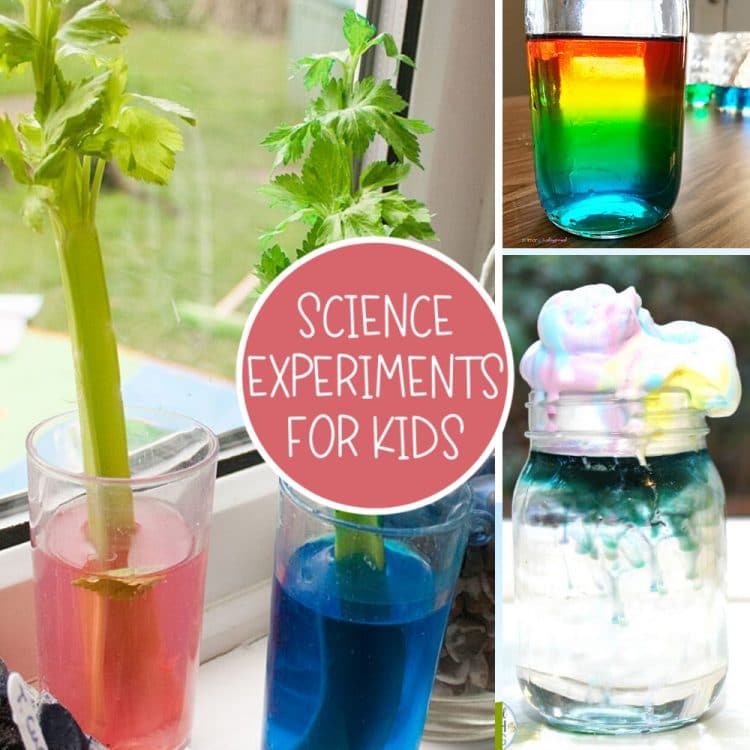
Credit: www.happinessishomemade.net
Frequently Asked Questions On Easy Science Experiments For Young Learners
What Are Some Easy Science Experiments For Young Learners?
Young learners can try simple experiments such as making a volcano with baking soda and vinegar, creating a rainbow with water and a glass prism, and making a homemade lava lamp with oil, water, and food coloring. These experiments are fun, safe, and educational for young minds.
Why Are Science Experiments Important For Young Children?
Science experiments help young children develop critical thinking skills, curiosity, and a love for learning. They also teach them important scientific concepts in a hands-on, engaging way, fostering a deeper understanding of the world around them.
How Can Parents Facilitate Science Experiments At Home For Kids?
Parents can facilitate science experiments at home by creating a dedicated space for exploration, providing age-appropriate materials and supervision, and encouraging their children’s natural curiosity and creativity. Simple, safe experiments can be conducted using everyday household items.
Conclusion
In short, these simple science experiments are a fantastic way to engage young learners and foster a love for science. By providing hands-on experiences in a fun and accessible manner, children can develop critical thinking skills and a curiosity for the world around them.
With these experiments, learning science becomes an enjoyable adventure for young minds.

Emily specializes in integrating arts into early childhood education. She believes in fostering creativity and imagination through music, art, and drama activities.

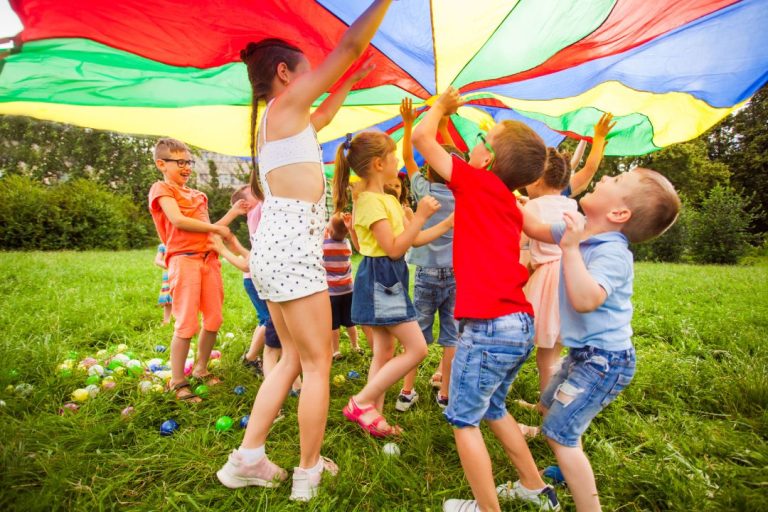

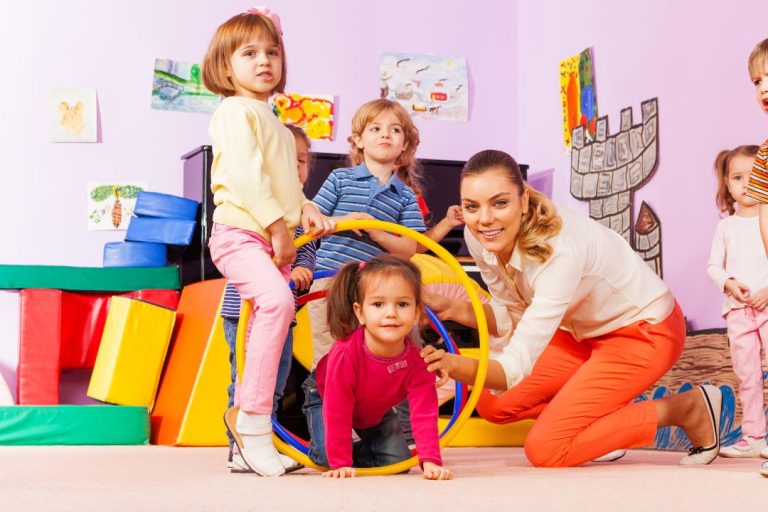
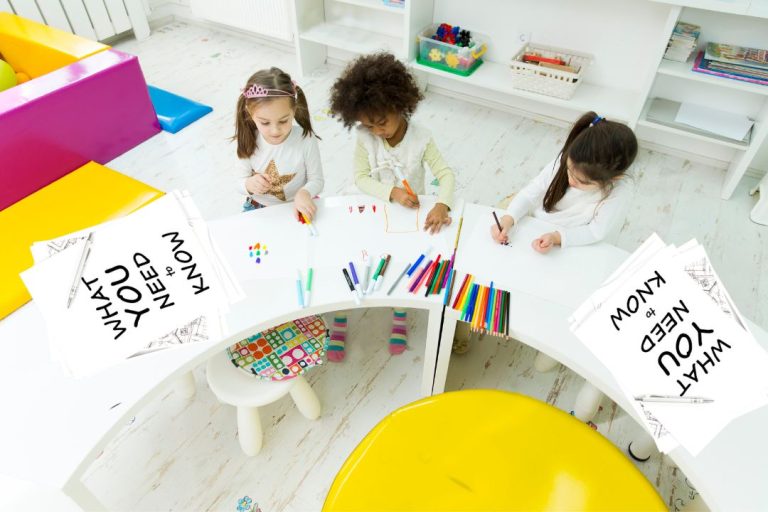
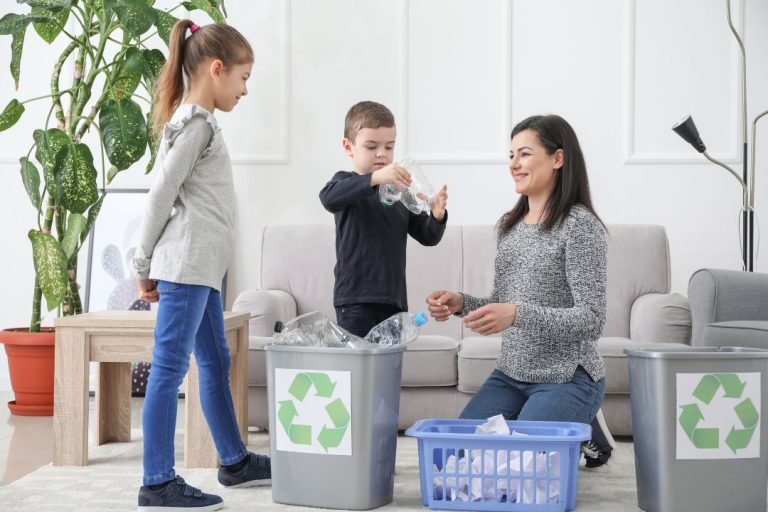

One Comment